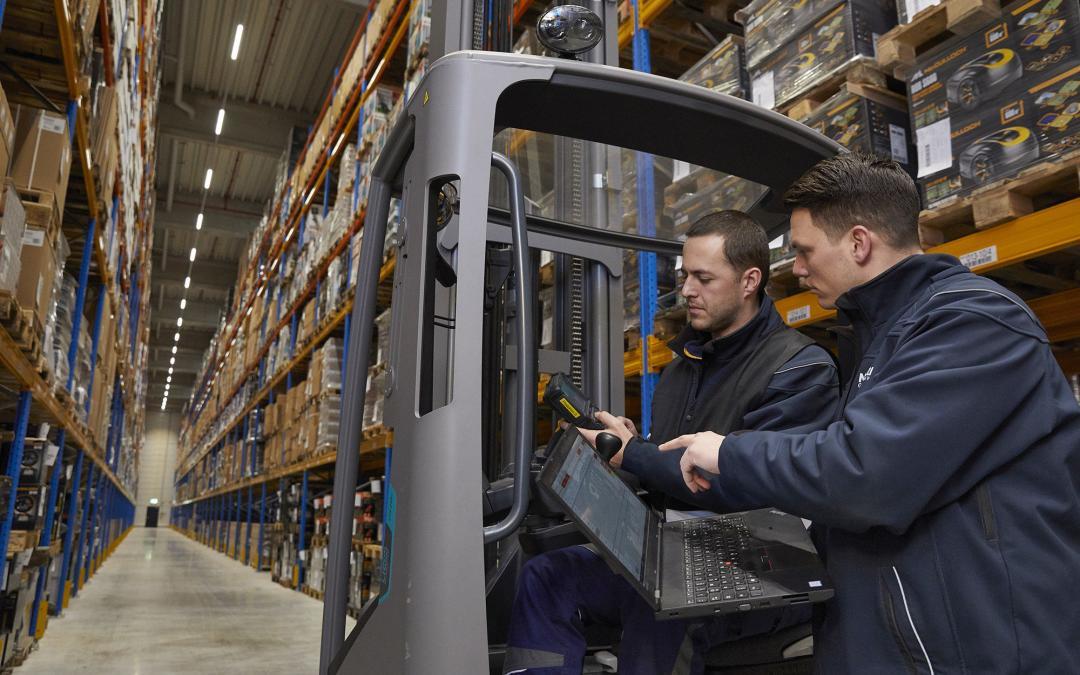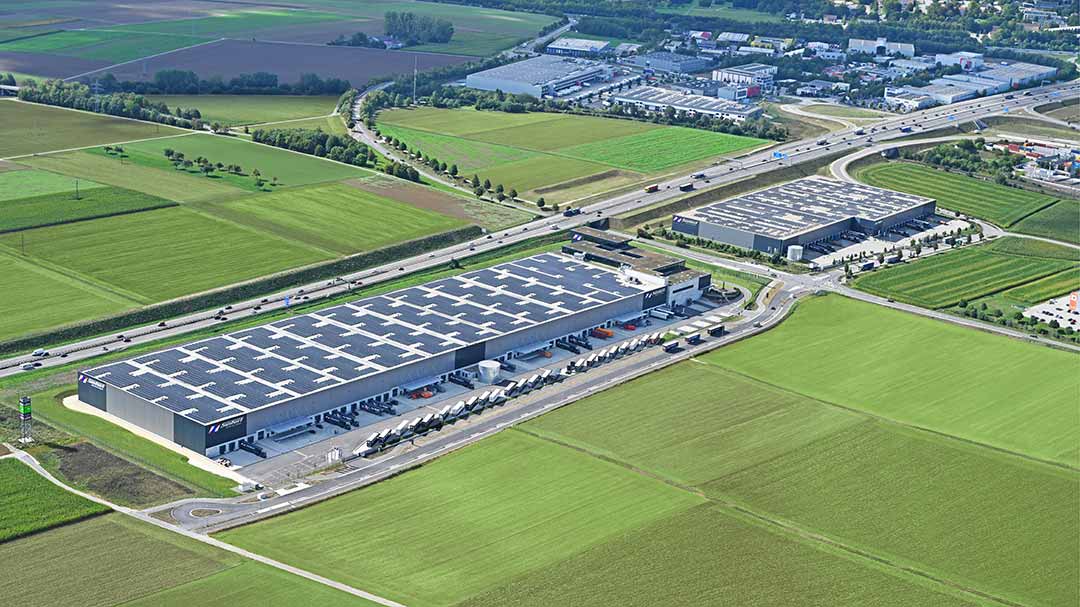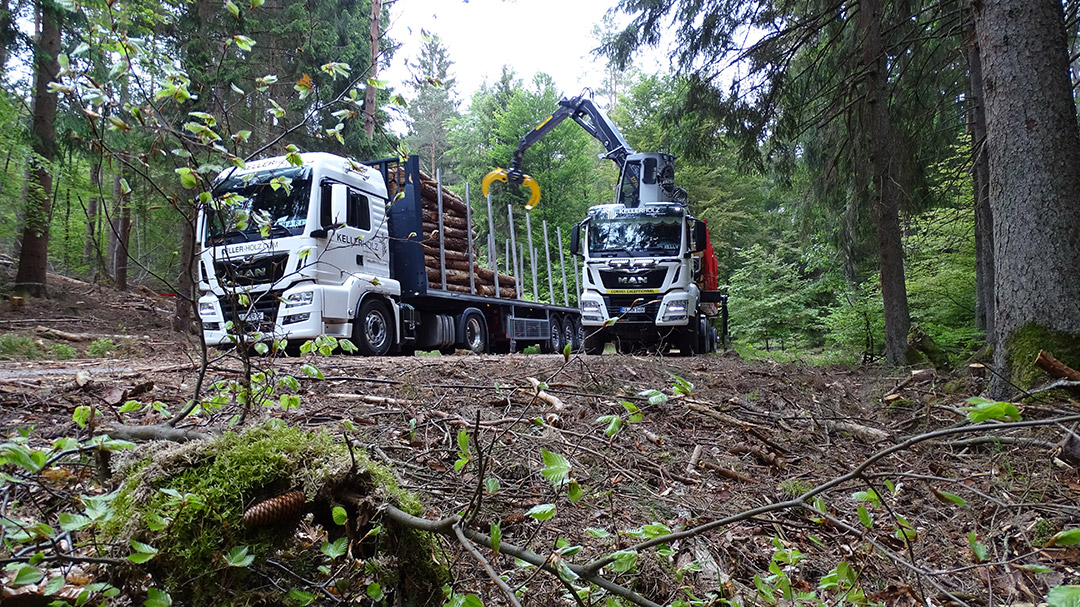Reading time 4 minutes
Text: Stefan Bottler
Photo: Matthias Schmiedel
The Ulm-based logistics provider C. E. Noerpel GmbH is really getting to grips with digital transformation. The solutions that the company has implemented with carefully selected digitalisation tools are set to bring rapid benefits to employees and customers. The focus is therefore on controlling warehouse processes with control centres, replacing existing freight-forwarding software with a company-wide solution and establishing a modern data management system.
Plastic granules, garden hoses or tap adapters – C. E. Noerpel supplies the garden product manufacturer Gardena with all the raw goods it needs for production from the Noerpel site in Ulm, which covers around 46,000 square metres. A state-of-the-art logistics control tower (LCT) plans and coordinates all of the warehouse processes – a massive undertaking as Noerpel handles a large part of the production logistics and some of the distribution logistics for Gardena here. The materials are supplied by shuttle according to needs with a controlled planning lead time of 24 hours. Around 2,500 pallets of goods head out every day – either straight to the customer or just to travel the short distance to the production facility that adjoins a building at the site, where a new generation of hose wheel trolleys is being assembled. Shipments from suppliers are also received here, meaning that external contractors no longer drive to Gardena’s Ulm factory. The digital logistics control tower brings all the elements together: a large screen in the entrance area provides an overview of all the movements at the site at all times and uses a traffic light system to clearly indicate when situations are becoming difficult.
‘We can collect data of unrivalled quality with the LCT,’ explains Judith Noerpel-Schneider, junior director at C. E. Noerpel GmbH. She is particularly involved in marketing as well as IT projects and is constantly faced with the challenge of deciding on the use of new technologies in the company. ‘We don’t want to follow every piece of hype,’ she explains firmly. ‘We give priority to solutions that have a direct benefit for the company, that spark enthusiasm in customers and that make day-to-day work easier for the staff.’
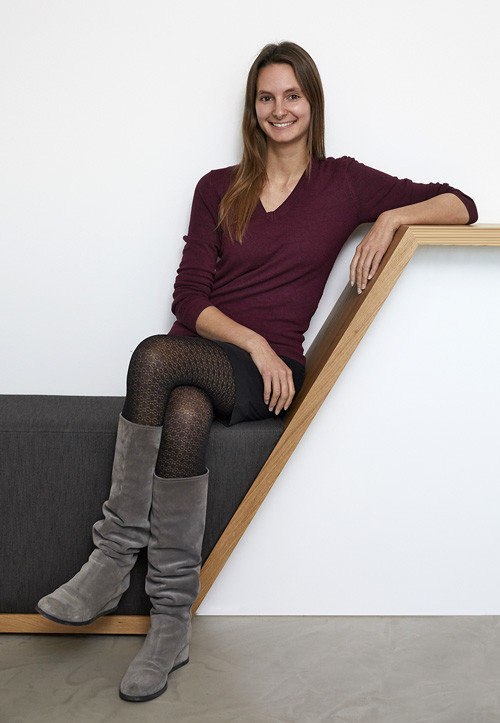
»We give priority to solutions that have a direct benefit for the company, that spark loyalty in customers and that make day-to-day work easier for the staff.«
Judith Noerpel-Schneider, director at C. E. Noerpel GmbH
»We give priority to solutions that have a direct benefit for the company, that spark loyalty in customers and that make day-to-day work easier for the staff.«
Judith Noerpel-Schneider, director at C. E. Noerpel GmbH
Pioneering study
In the face of advancing digitalisation, companies need to take a strategic approach to the new requirements and successfully transform their business models. There is great pressure to take action but many companies do not know which specific projects they should tackle in which order – and which tools and solutions they can use to do so. The study on ‘Digitalisation tools in logistics’ published by logistics specialist Wolfgang Stölzle (University of St. Gallen) with Prof. Christian Kille (University of Applied Sciences Würzburg-Schweinfurt) and Prof. Thorsten Schmidt (TU Dresden) therefore surveyed 28 managers from well-known companies, including C.E. Noerpel.
The authors list 22 digitalisation tools. These range from physical solutions such as drones or robots, to virtual services including electronic document management. Each of these tools can be used to develop new services or improve existing ones. The areas in which they can be used span the entire field of logistics: they can be used for planning, controlling and monitoring transport and warehousing, as well as for value-added services such as maintenance, assembly and quality management or logistics services such as materials planning, order picking, packing or customs clearance.
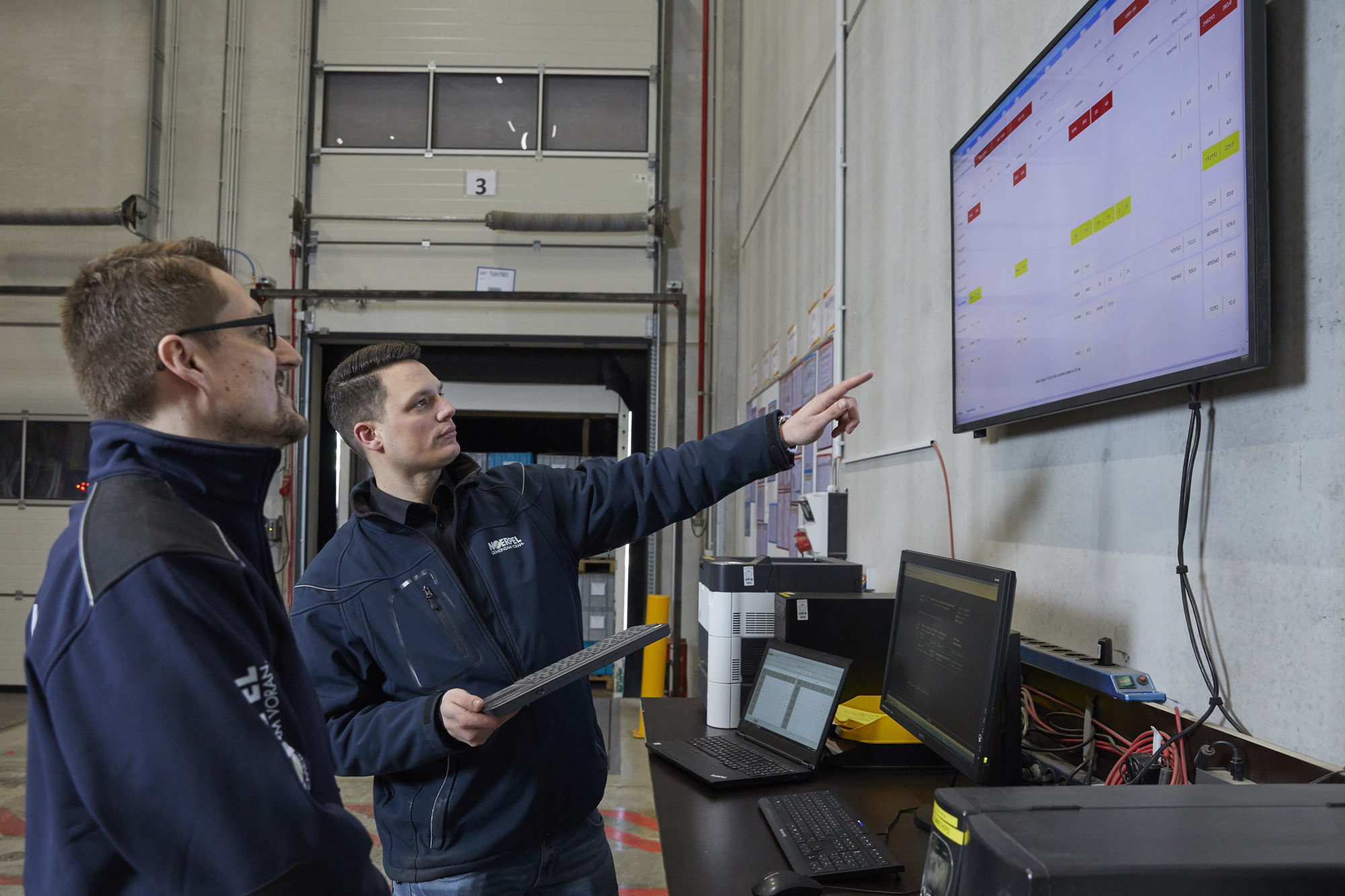
The digital day-to-day has long been a reality for Noerpel staff. Digital tools support the daily work on site.
Accurate forecasts of future goods flows
Following in-depth investigation of the possibilities, C. E. Noerpel prioritised a company-wide transport management system (TMS) that controls, monitors and optimises all processes along the individual supply chains. The first locations are already working with Anaxco AX CargoSuite, a program based on Microsoft Dynamics ERP. Noerpel opted for this system because it stands out for its convincing event control and because it is also compatible with solutions developed in-house, such as the warehouse management software. ‘By switching to one product, we can save costs and create synergies,’ says Judith Noerpel-Schneider. ‘Not long ago, our 14 locations were working with five different software systems after several company takeovers. This decision therefore gave us a very important boost.’ The focus is now on developing solutions from warehouse and transport processes to enable accurate forecasts of future goods flows, using the data that can be gathered using the logistics control tower. The company management gave a great deal of thought to the operational process and agreed on a step-by-step approach, with one location at a time adopting the changes. ‘We wanted to involve every colleague in the process if possible,’ explains Steve Niggemeier, logistics IT systems team leader. ‘This would not have been possible if we had gone for one big bang and switched the whole company on one date.’
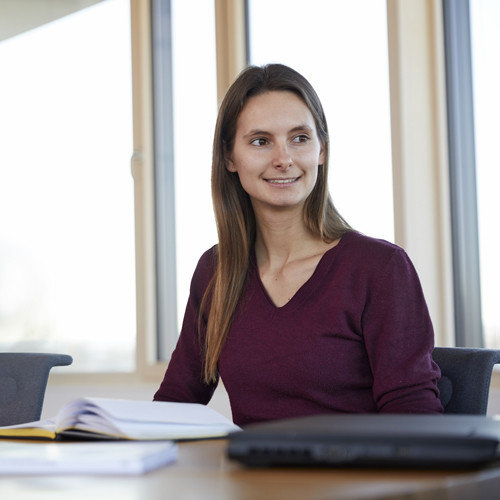


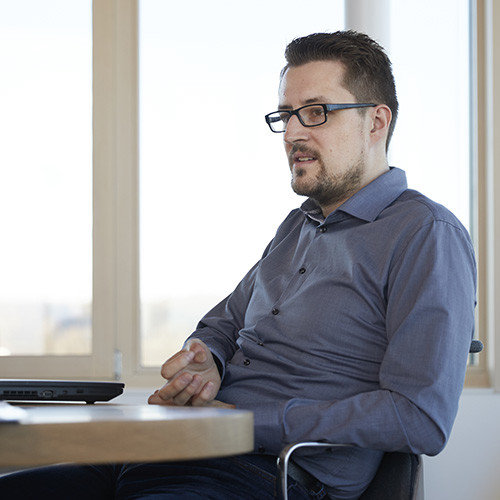
Numerous processes automated
The system automatically assigns each employee the tasks that have top priority. Employees can also access all of the tasks that are currently in progress. ‘Once company-wide implementation is complete, corresponding display filters can also be used to view order processing at other locations,’ explains Niggemeier. Such applications are important if, for example, shipments do not match the customer’s order information. The software also detects this automatically.
The many benefits are even convincing employees who were perhaps a little sceptical about the new product initially. A project team carries out thorough preparations for the introduction at each location. Key users are then selected to be trained on the new software at first. These key users also have influence over what the processes being mapped out in the software will look like. They are generally skilled workers and managers with good IT skills and experience of day-to-day freight-forwarding business. Experience has shown that if the rest of the employees are brought on board and introduced to the new systems by the key users, they find the switch easy and there is a high level of acceptance.
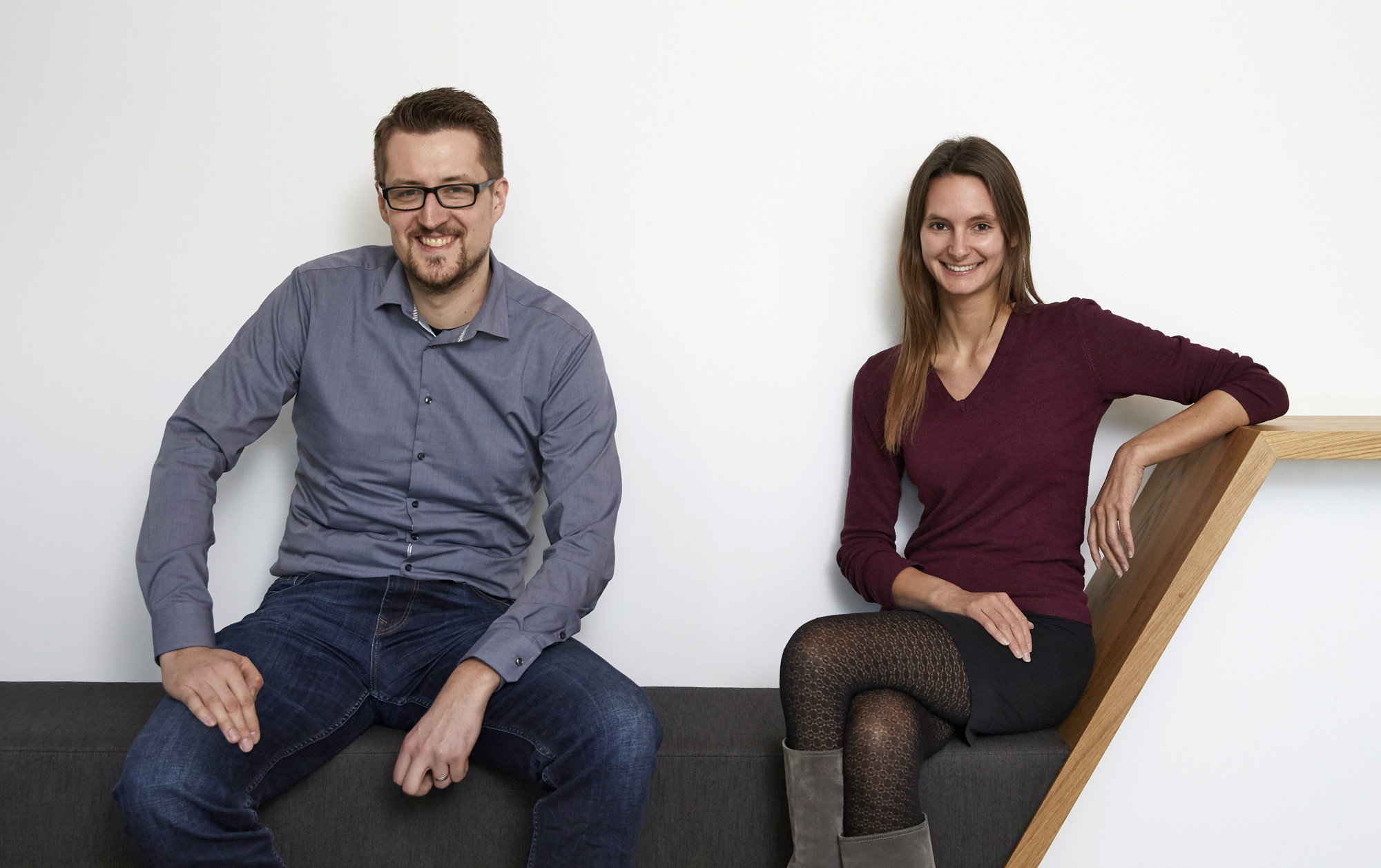
All employees are working together when it comes to digitalisation. Steve Niggemeier, logistics IT team leader, meets regularly with Judith Noerpel-Schneider.
Forecasts with predictive analytics
‘We can improve our quality management significantly with the TMS and LCT,’ says Niggemeier on the progress so far. The larger volumes of data that are being obtained with both solutions will also benefit customers. Learning from the past for the future – this is what the people in Ulm are trying to do as they also take a step-by-step approach here. ‘An employee needs to know what is going to happen in the next twelve hours and what they need to do about it,’ explains Niggemeier. The company is hoping to consistently improve the quality of the existing data with agile further development of the software solution that it has created itself. The employees will formulate the relevant requirements themselves – and so build a wide-ranging set of tools for predictive analytics step by step. ‘We want to use tools that generate accurate forecasts from the available data and so enable us to plan stock levels in good time and deploy staff and vehicles according to needs,ֹ’ summarises Noerpel-Schneider. Customers who have to contend with seasonal fluctuations will gain particular benefit from this digitalisation tool.
However, Noerpel also wants to take the warnings from the study on digitalisation tools seriously. The three authors consider that the predictive analytics tool has not yet been developed far enough and believe that there is an ‘extremely high’ risk of incorrect forecasts due to poor data input and outdated algorithms. Noerpel-Schneider is therefore counting on the support of artificial intelligence. ‘We have identified its great potential, but things are still in the early days,’ she says. ‘In the near future, we want to also use automated systems and algorithms to process our data in order to ensure reliable results.’

